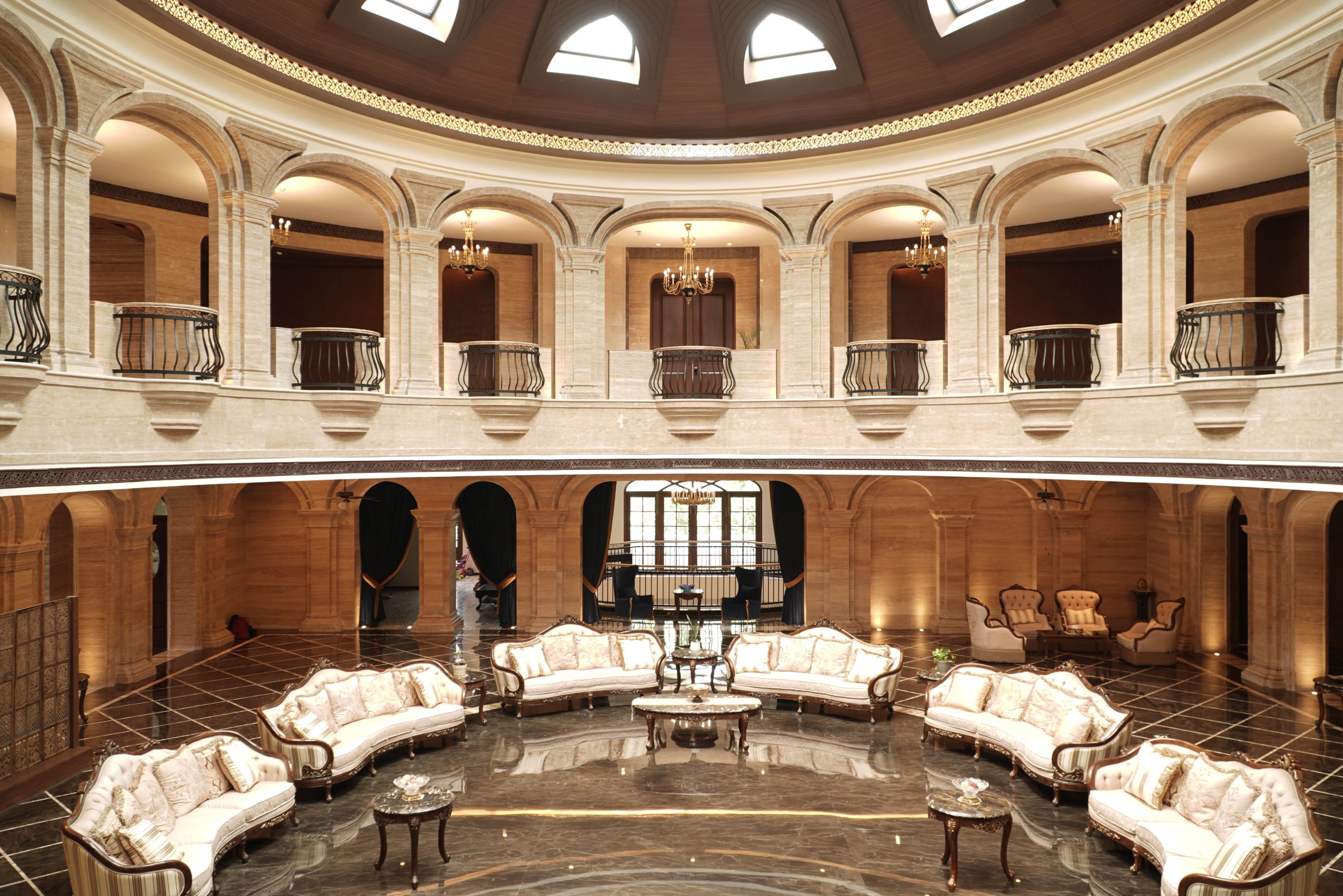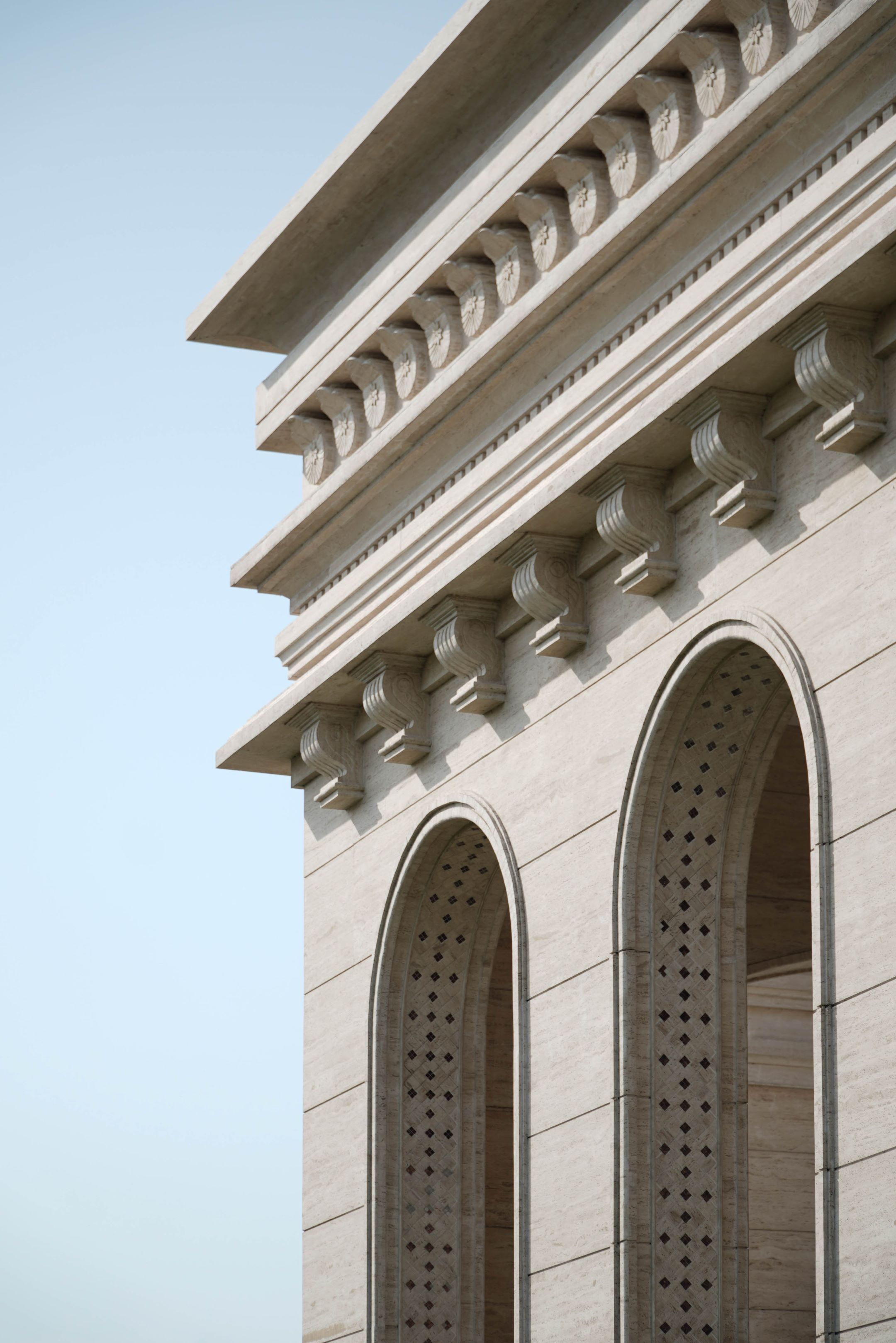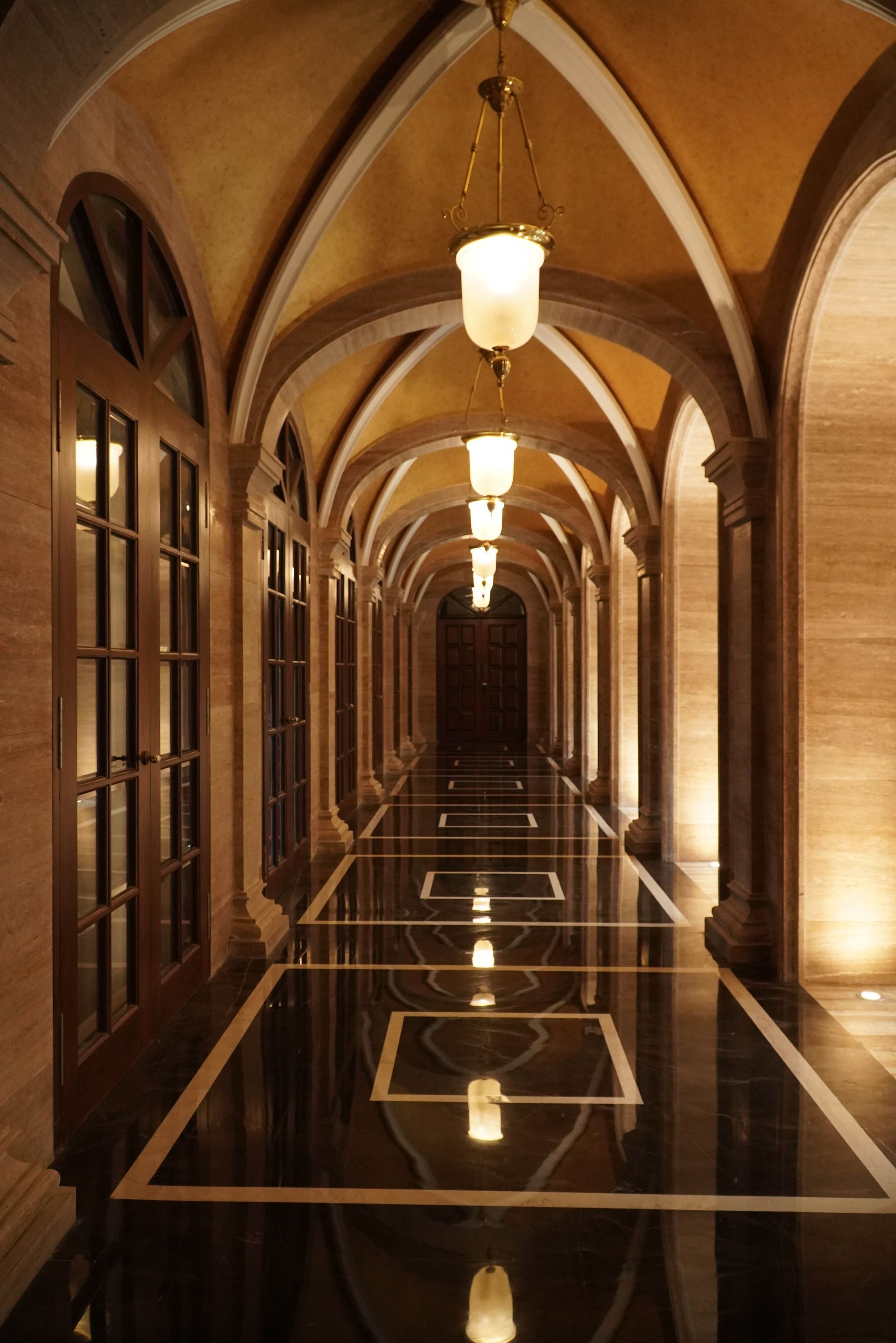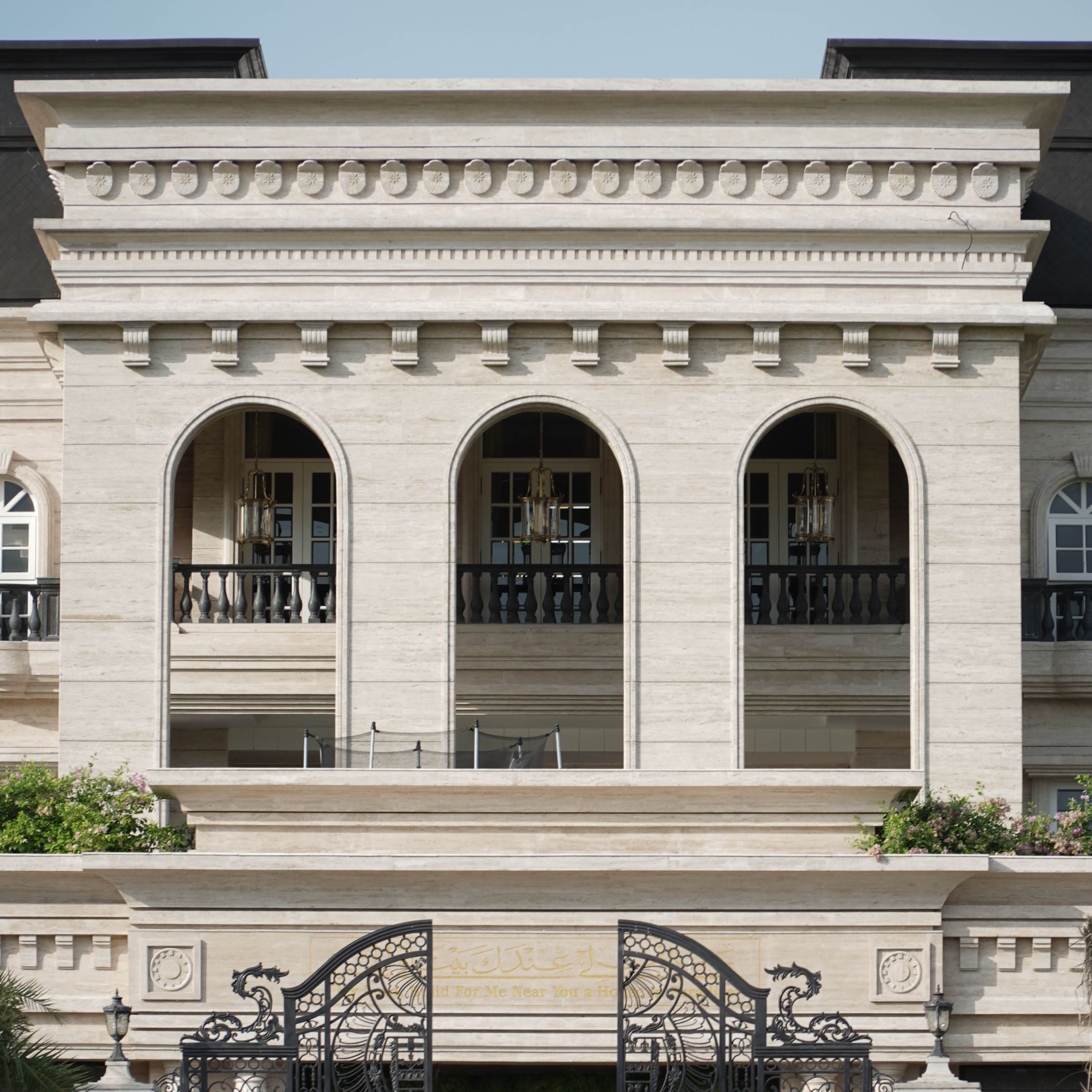The era of colonization in India marked a new chapter in the realm of architecture, thereby influencing the architectural style and language greatly. The Dutch, the Portuguese and the French too made their presence felt through their buildings, however, it was the English who had a lasting impact on the vast architecture of colonial India. Various styles of colonial architecture portray reminiscence to the past, including European Classical Architecture, even in the contemporary era.
Originating in ancient Greece and Rome, Classical Architecture can be characterized by symmetry, straight lines, column orders, proportions, rectangular windows, perfection and materials such as marble, to name a few. For centuries, the style of classical architecture has been reinvented throughout architectural history by architects who have drawn influence from these civilizations and incorporated traditional ideals into subsequent styles of architecture.
There are various examples of Classical architecture in India, for instance, ‘SIS bungalow’ – a stately edifice set in the Sholinganallur residential area of Chennai. Designed in typical classical style for a large family of twenty members by Creative Architects and Interiors (CAI), this bungalow showcases classical architectural style in India. Fit for royalty and defined by symmetry, proportion, and grandeur, this residence strikes the right balance between – client aspirations, strategic-functional design, and exquisite artisanship. A chosen combination of a beige travertine stone for the facade and black square tiles for the roof, inspired by traditional French buildings, such as ‘The Louvre’, have been used to attain a classical and elegant aesthetic. The residence stands tall above the ground level, creating a magnificent sight for the passersby, contrasting the built fabric in the vicinity due to its unique architectural language.
The luxurious ‘SIS Queenstown Apartments’ in Chennai, designed by CAI, bestow the fundamental elements and features of classical architecture and are endowed with fascinating and ornate details that reminisce the era bygone. Elements such as circular and slender columns with elaborate capitals, trapezoidal roofs, and straight lines define the facade, allowing a nostalgic feel to the golden classical era. Offering an experience of an English town in India, the design attempts to redefine Urban Living influenced by European Classical Architecture.
Winner of the prestigious award ‘Project of the Year’ by Indian Realty Awards, ‘SIS Acrople’ in Trichy is another splendid execution of an urban township offering a novel experience by CAI. Inspired by the ‘Acropolis of Athens’, the design is spread across 6.63 acres, with 680 apartment units meticulously planned within a group of high- and low-rise buildings. The core planning principle is based on symmetry – a key element of the classical style of architecture. Strategic use of spaces within the site context creates multiple advantages, such as compact units, ample natural light and ventilation, connectivity, as well as spatial and visual privacy.


Heavily inspired by the European classical style of architecture, these designs juxtapose with the luxurious and palatial design language of a given space, thereby adding a rich character to the building. While the design language is distinct and stands out within its context, ultimately, the contextual aspects of the site and design parameters are prioritized by taking cognisance of the local climate by adopting climate responsive techniques. This derivation becomes the functional and spatial design driver. Endowed with elegant and rich details harmoniously blending together, the buildings defining the European classical style of architecture in India serve their purpose to grab attention within the vicinity, allowing one to visually and spatially manifest the architectural essence of Europe.


Related Categories:
Classical Architecture




